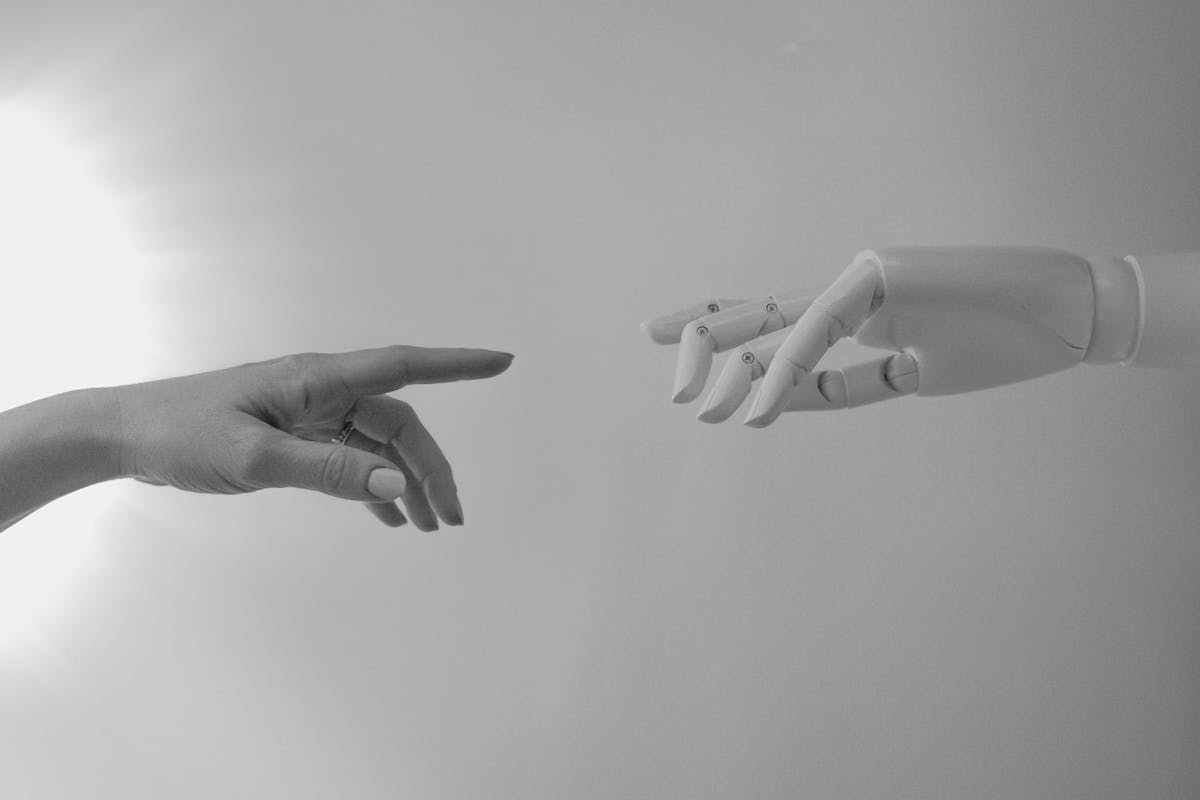Neural networks form the backbone of modern artificial intelligence, powering everything from image recognition to natural language processing. Understanding their architecture is crucial for anyone looking to grasp how AI systems work and why they're so effective.
The Biological Inspiration
Neural networks were inspired by the structure and function of biological neural networks in the human brain. Just as neurons in the brain receive inputs, process them, and pass signals to other neurons, artificial neural networks consist of interconnected nodes that process and transmit information.
Basic Components
Neurons (Nodes)
The fundamental units of a neural network, neurons receive inputs, apply a transformation, and produce an output. Each neuron performs a simple mathematical operation but collectively they can solve complex problems.
Weights and Biases
Weights determine the strength of connections between neurons, while biases allow the network to shift the activation function. These parameters are learned through training and are what enable the network to make predictions.
"A neural network is essentially a complex mathematical function that learns to map inputs to desired outputs through iterative optimization."
Network Architectures
Feedforward Networks
The simplest type of neural network, where information flows in one direction from input to output. These networks are suitable for basic classification and regression tasks.
Convolutional Neural Networks (CNNs)
Designed specifically for processing grid-like data such as images, CNNs use convolutional layers to detect features and patterns. They've revolutionized computer vision applications.
Recurrent Neural Networks (RNNs)
These networks have connections that create loops, allowing them to process sequences of data. They're particularly useful for tasks involving time series data or natural language.
Transformer Networks
The architecture behind modern language models, transformers use self-attention mechanisms to process sequences more efficiently than RNNs while capturing long-range dependencies.
Training Neural Networks
Forward Propagation
The process of passing input data through the network to generate predictions. Each layer transforms the data, ultimately producing an output.
Backpropagation
The learning mechanism that adjusts weights and biases based on the error between predicted and actual outputs. This process allows the network to improve its performance over time.
Deep Learning Revolution
The advent of deep learning - neural networks with many layers - has transformed AI capabilities. Deep networks can learn hierarchical representations, automatically discovering features from raw data.
Key Advantages:
- Automatic Feature Learning: No need for manual feature engineering
- Scalability: Performance improves with more data and compute
- Versatility: Same architecture can solve diverse problems
- End-to-End Learning: Learn complex mappings from input to output
Challenges and Limitations
Despite their power, neural networks face several challenges:
- Data Requirements: Need large amounts of training data
- Computational Cost: Training can be expensive and time-consuming
- Interpretability: Difficult to understand how decisions are made
- Overfitting: Can memorize training data rather than generalizing
The Future of Neural Networks
Research continues to push the boundaries of neural network capabilities. New architectures, training techniques, and optimization methods are constantly being developed, promising even more powerful and efficient AI systems.
As we advance, the focus is shifting toward creating networks that are not only more capable but also more efficient, interpretable, and aligned with human values. The future of AI will likely see neural networks that can learn with less data, require less computation, and provide better explanations for their decisions.
